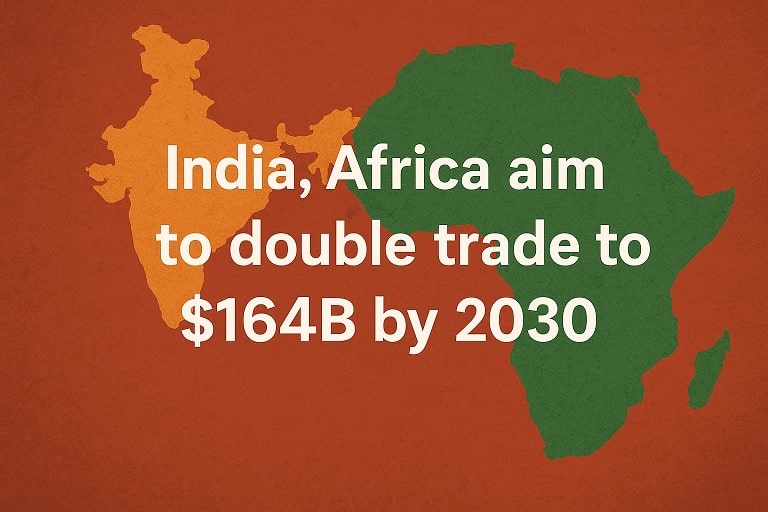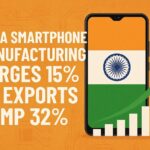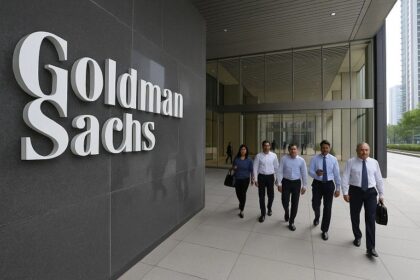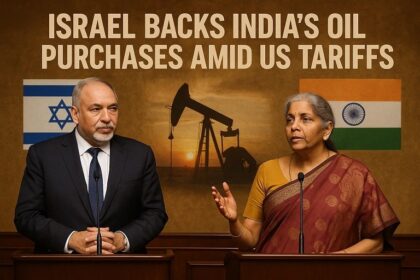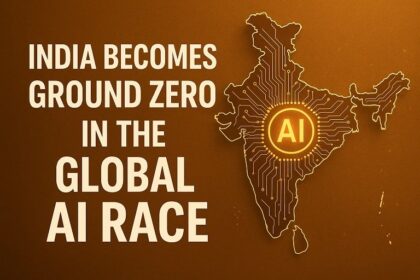India and Africa Target $164 Billion Trade by 2030
Overview of the Ambitious Trade Goal
India and Africa have set a bold target to double their bilateral trade to $164 billion by 2030, building on the recent milestone of surpassing $100 billion in 2024-25. Announced by Union Minister of Commerce and Industry Piyush Goyal at the 20th CII India-Africa Business Conclave in New Delhi on August 29, 2025, this goal reflects a shared vision to deepen economic ties through cooperation in critical minerals, agriculture, technology, renewable energy, and healthcare. With India as Africa’s fourth-largest trading partner and a top-five investor, this target leverages complementary strengths to drive mutual prosperity.
Evolution of the Trade Partnership
Historical Trade Progress
India-Africa trade has grown significantly, from $5.3 billion in 2001 to $70 billion by 2013, reaching $98 billion in 2022-23 and crossing $100 billion in 2024-25. This growth, a near doubling from $56 billion in 2019-20, has been supported by India’s Duty-Free Tariff Preference (DFTP) scheme for 33 African least-developed countries and initiatives like the India-Africa Forum Summit (IAFS). The current trade balance is nearly even, with India’s exports at $42.7 billion and imports at $40 billion in 2024-25, highlighting untapped potential.
Strategic Economic Alignment
The $164 billion target aligns with Africa’s Agenda 2063 for a unified economic market and India’s Viksit Bharat 2047 vision for developed-nation status. Africa’s projected 2.4 billion population by 2060 and 1.1 billion working-age population by 2034 offer a vast market for Indian goods. India’s youthful workforce (median age 28.8) and technological advancements complement Africa’s resource wealth and agricultural potential, fostering a partnership rooted in shared history and aspirations.
Trade Target Details
Trade Composition and Opportunities
- Current Trade (2024-25): $82 billion ($42.7 billion exports, $40 billion imports).
- Target by 2030: $164 billion, requiring a 12% annual growth rate.
- Key Sectors:
Automobiles: Africa imports $20 billion in vehicles annually; India supplies only $2 billion. Indian vehicles, known for cost competitiveness, target passenger, commercial, and electric mobility segments.
Agriculture: India offers seed technology and agro-processing to enhance Africa’s food security.
Pharmaceuticals: Exports worth $3.8 billion in 2023, with potential for affordable healthcare solutions.
Renewable Energy: Collaboration through the International Solar Alliance for clean energy projects.
Digital Infrastructure: India’s UPI system could reduce Africa’s transaction costs and boost financial inclusion.
Investment and Support
- Indian Investments: Over $75 billion from 1996-2024, with $12 billion in concessional loans for 336 projects across 42 African nations.
- Capacity Building: 50,000 scholarships for African youth (42,000 utilized) and 23 IT Centres of Excellence training 57,000 graduates.
- AfCFTA Synergy: The African Continental Free Trade Area, aiming for 52.3% intra-African trade growth by 2050, supports India’s export strategy.
Projected Trade Growth Timeline
Year | Trade Value (USD Billion) | Key Initiatives |
|---|---|---|
| 2019-20 | 56 | DFTP scheme expansion |
| 2022-23 | 98 | 9.26% growth; AfCFTA launch |
| 2024-25 | 100+ | Milestone achieved; $164B target set |
| 2027 | 130 (projected) | Enhanced automobile and pharma exports |
| 2030 | 164 (projected) | Focus on value-added production, digital infrastructure |
Benefits of the Trade Goal
For India
- Market Expansion: Diversifies export markets, reducing reliance on the U.S. amid 50% tariff pressures.
- Resource Access: Secures critical minerals, petroleum, and agricultural commodities for India’s industries.
- Global South Leadership: Strengthens India’s voice in global forums like the WTO, advocating for developing nations.
For Africa
- Economic Development: Indian investments in infrastructure, healthcare, and education support Agenda 2063.
- Technology Transfer: Access to India’s agri-tech, digital payment systems, and renewable energy expertise.
- Job Creation: Value-added production and industrial partnerships generate employment.
Global Impact
- South-South Cooperation: Enhances solidarity among developing nations, countering global trade protectionism.
- Sustainable Growth: Promotes eco-friendly solutions, aligning with global climate goals.
Challenges and Risks
- Trade Imbalance: Current trade is balanced, but scaling to $164 billion requires addressing Africa’s underutilized DFTP scheme.
- Security Issues: Africa’s political instability, with nine coups from 2020-2023, poses investment risks.
- Geopolitical Pressures: U.S. tariffs and China’s $200 billion trade dominance in Africa could complicate India’s strategy.
- Infrastructure Gaps: Africa’s $130-170 billion annual infrastructure funding deficit may slow trade expansion.
Complementary Trade Initiatives
- India-Mauritius CECPA: The 2021 trade agreement facilitates exports in 310 items, serving as a model for broader African partnerships.
- Agri-Tech Collaboration: India’s expertise in drones and AI supports Africa’s $1 trillion food and agriculture market by 2030.
- WTO Advocacy: India pushes for unified African stances on food security and technology transfer reforms.
Comparison: India vs. Other African Trade Partners
Partner | Trade Value (2025, USD Billion) | 2030 Target (USD Billion) |
|---|---|---|
China | 200 | 300+ |
EU | 250 | 350+ |
India | 100 | 164 |
U.S. | 80 | 100+ |
India’s $164 billion target positions it to narrow the gap with China and the EU.
Frequently Asked Questions (FAQs)
What is the India-Africa trade target for 2030?
India and Africa aim to double bilateral trade from $82 billion to $164 billion by 2030, focusing on automobiles, agriculture, and pharmaceuticals.
Why is this target significant?
It builds on the $100 billion milestone in 2024-25, strengthening economic ties and supporting India’s and Africa’s development goals.
Which sectors are prioritized?
Automobiles, agriculture, pharmaceuticals, renewable energy, and digital infrastructure, leveraging India’s expertise and Africa’s resources.
What challenges could hinder the target?
Political instability in Africa, infrastructure gaps, and competition from China and the EU pose risks.
How does India support African development?
Through $12 billion in loans, $700 million in grants, 50,000 scholarships, and IT training for 57,000 Africans.
How does AfCFTA align with this goal?
AfCFTA’s unified market enhances India’s export opportunities, particularly in value-added sectors, aiming for 52.3% intra-African trade growth by 2050.

